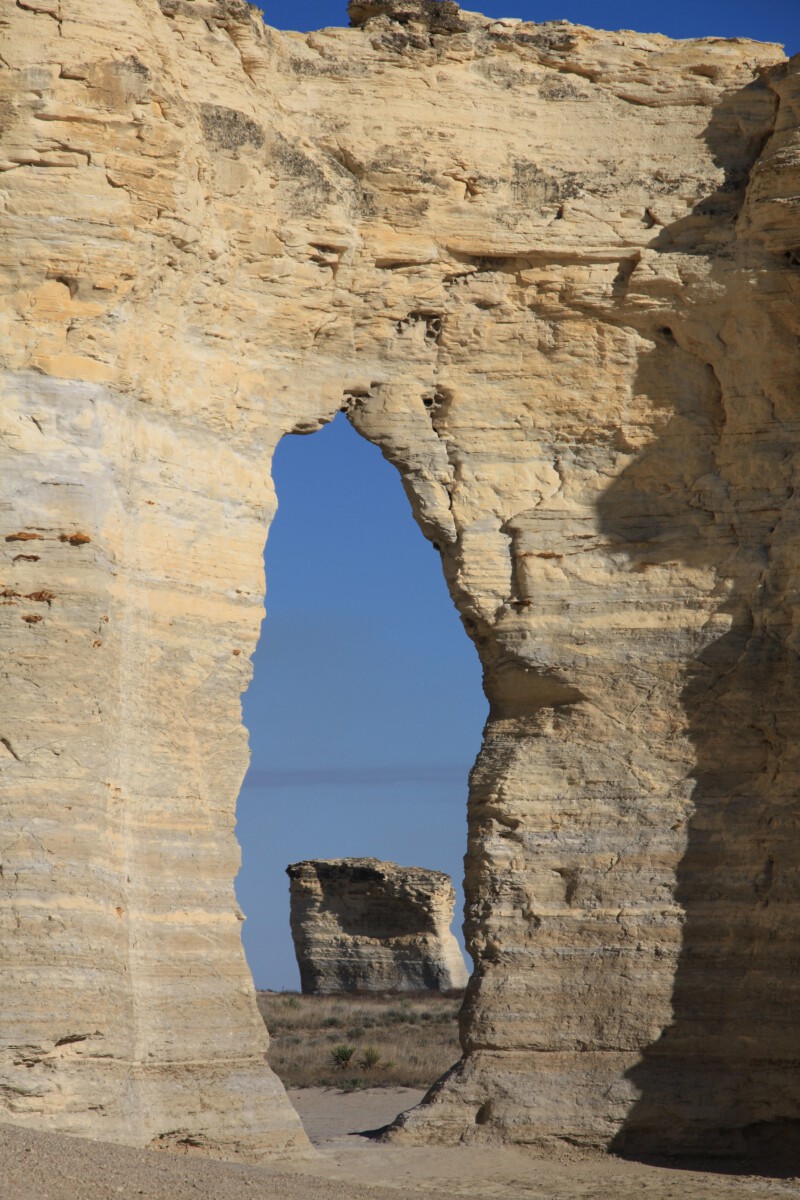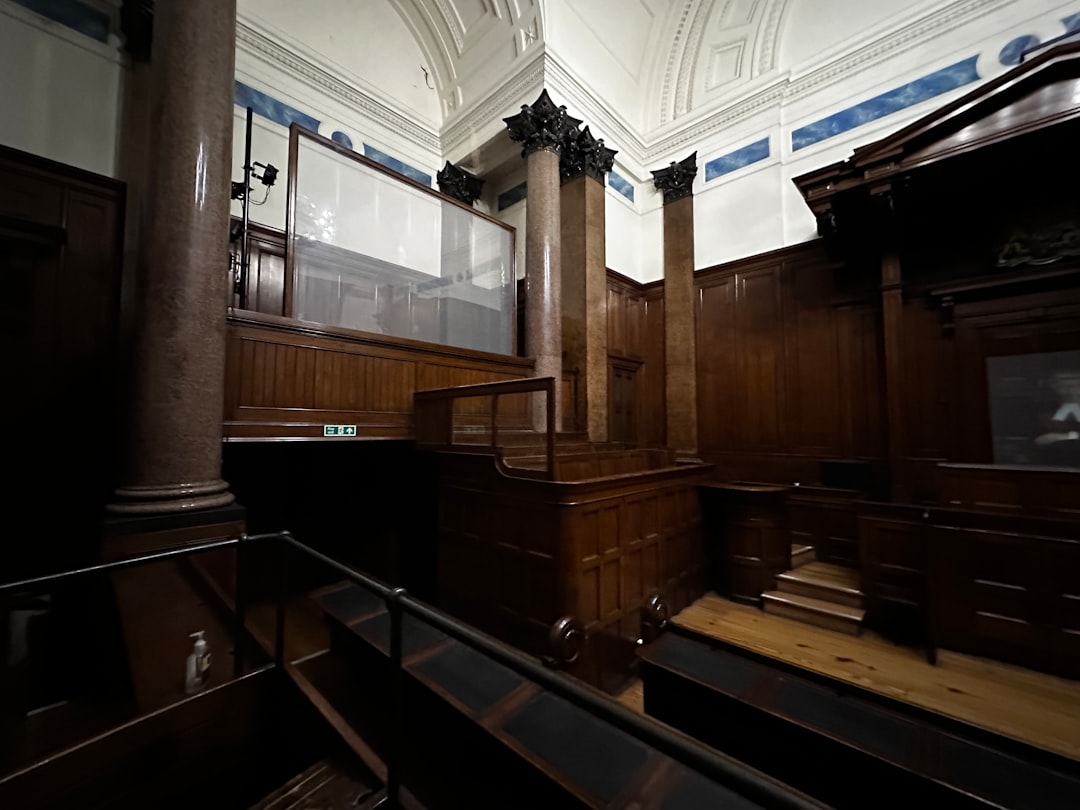Ancient Ocean Legacy Frozen in Time

Picture this: you’re driving through the endless flat prairies of western Kansas when suddenly, bizarre chalk spires shoot up from the ground like something from another planet. These aren’t ordinary rocks—they’re the remnants of an ancient sea that once split North America into two landmasses about 80 million years ago. Monument Rocks, also known as the Chalk Pyramids, are a series of large chalk formations in Gove County, Kansas, rich in fossils. The strange beauty of these formations comes from their otherworldly appearance against the flat Kansas landscape. According to locals, the area still smells like an ocean bay after heavy rain, giving visitors an eerie reminder of the vast sea that once covered this land. What makes these formations even more incredible is that the chalk formations reach a height of up to 70 feet and include formations such as buttes and arches.
America’s First National Natural Landmark Hidden in Plain Sight
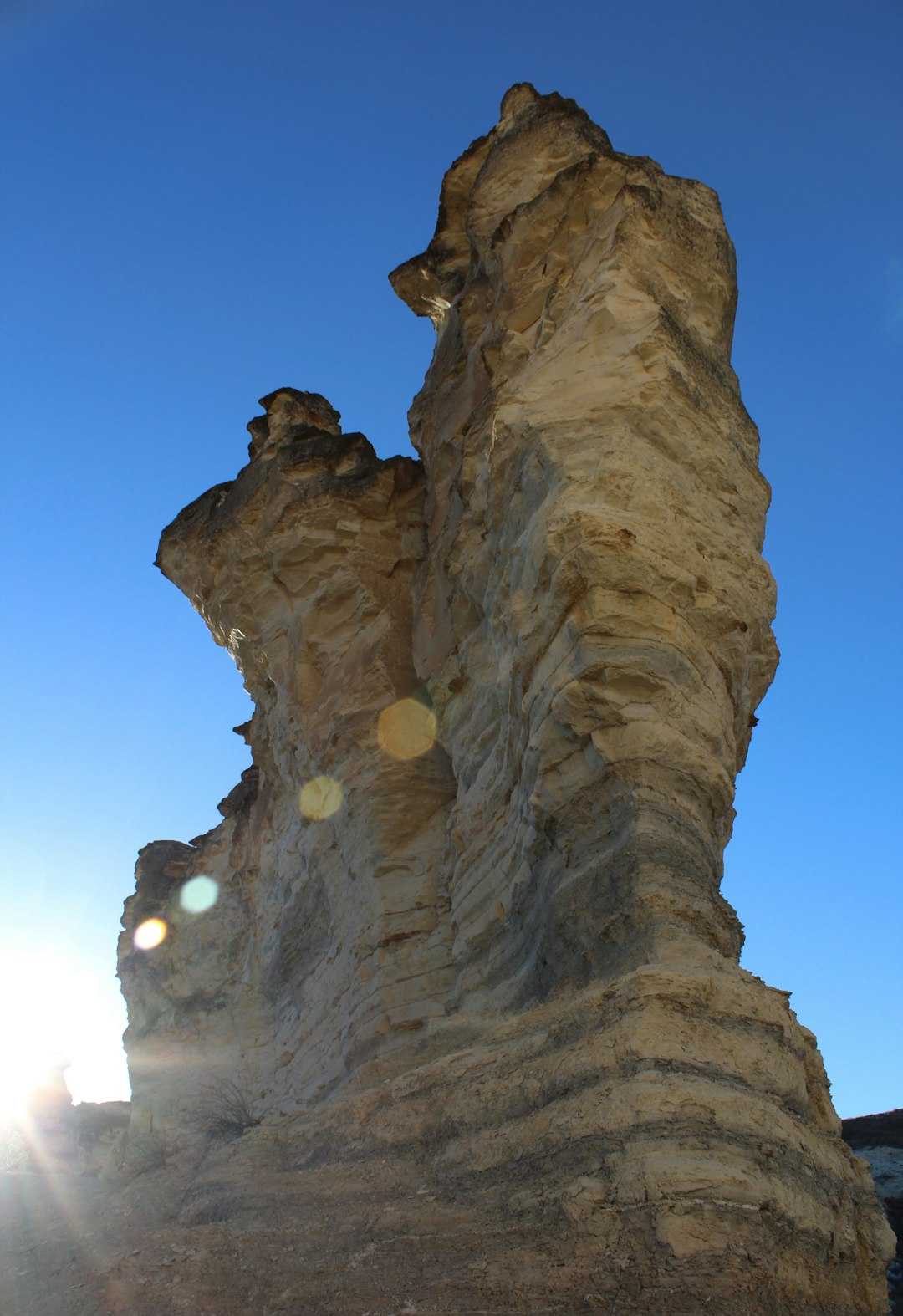
The formations were the first landmark in Kansas chosen by the U.S. Department of the Interior as a National Natural Landmark. This historic designation happened on October 31, 1968, making these chalk pyramids pioneers in natural preservation. On January 29, 2008, Monument Rocks, 25 miles south of Oakley, Kansas, and Castle Rock, 31 miles to the east, were jointly named as one of the 8 Wonders of Kansas. The recognition wasn’t just about their stunning appearance—it was about their scientific importance and the window they provide into Earth’s prehistoric past. Most people have no idea that Kansas holds such geological treasures, making these formations some of America’s best-kept secrets.
The Mysterious Niobrara Chalk Formation
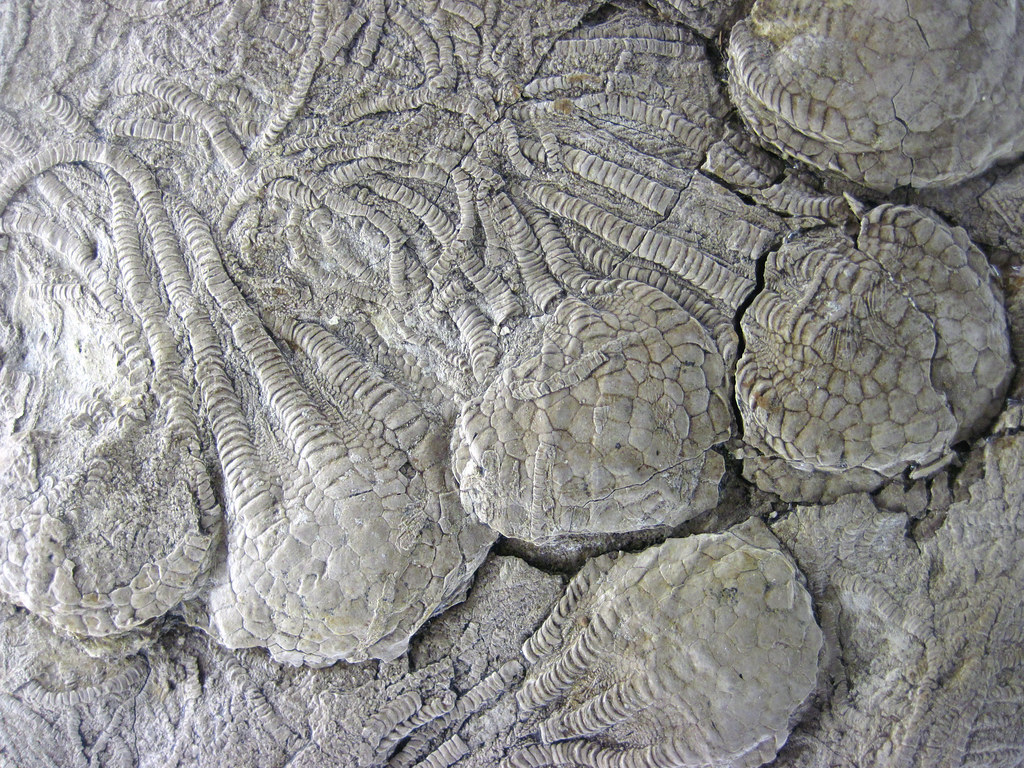
These formations rise up to 70 feet and are composed primarily of Niobrara Chalk, which dates back to the Cretaceous Period, approximately 80 million years ago. The Niobrara Formation was deposited between 87 and 82 million years ago during the Coniacian, Santonian, and Campanian stages of the Late Cretaceous. The chalk itself has a fascinating origin story—the chalk formed from the accumulation of coccoliths from microorganisms living in what was once the Western Interior Seaway, an inland sea that divided the continent of North America during much of the Cretaceous. Chalk, a sedimentary rock, is a soft form of limestone that is not well cemented and thus is often powdery and brittle. It usually ranges in color from white to light gray to buff and forms from sediment deposited in a saltwater environment. Think of it as billions of tiny sea creatures creating a massive underwater cemetery that eventually became these towering monuments.
Living Fossil Museum Standing in the Prairie
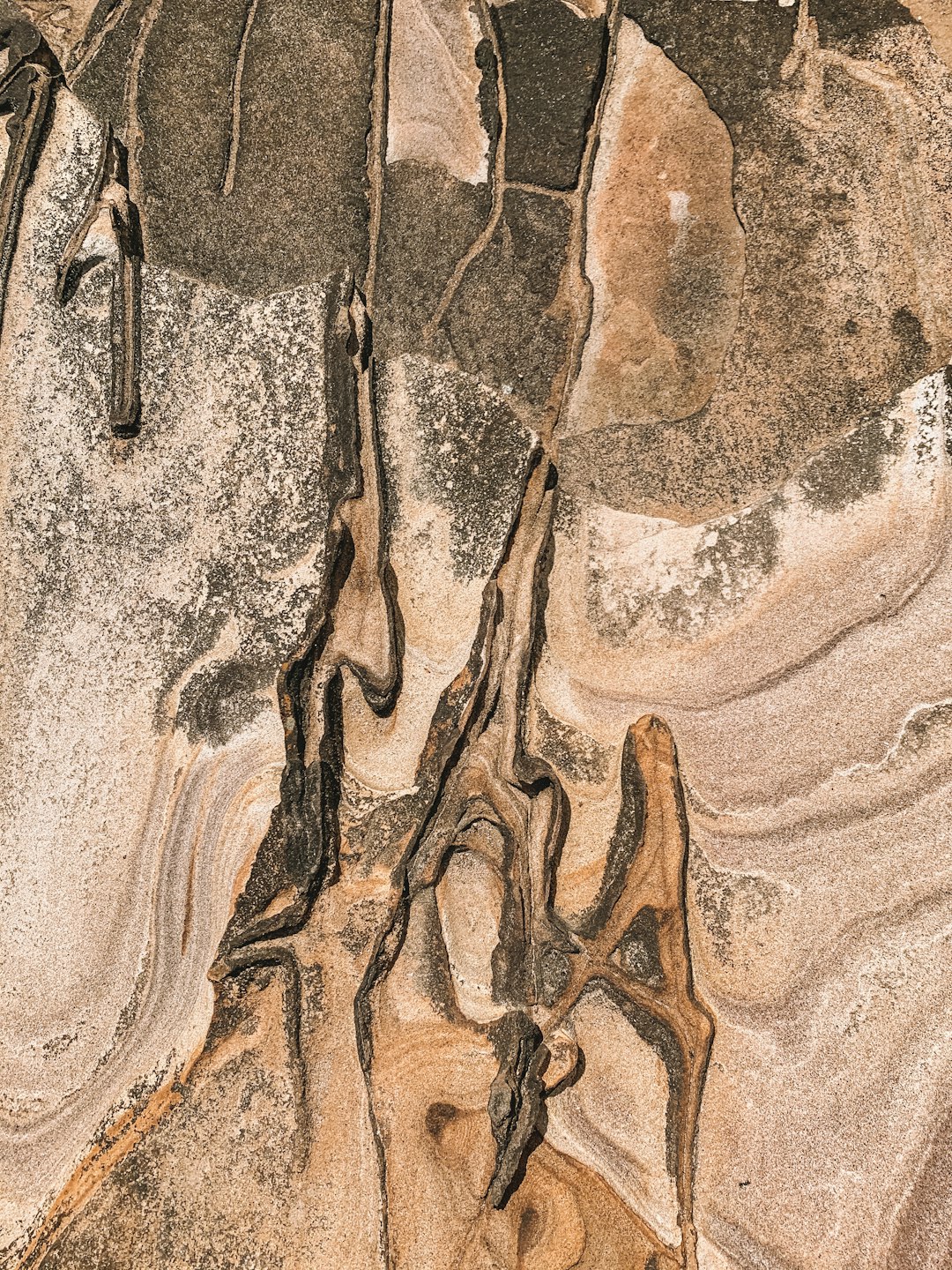
Several fossils, including fish bones, turtles, oyster shells, swimming reptiles, birds, coral, dinosaurs, and sharks’ teeth, can be seen at the nearby Keystone Gallery, the Fick Fossil and History Museum in Oakley, and the Sternberg Museum in Hays, Kansas. Fossilized oyster shells, coral, fish bones, shark teeth, and other marine organisms can be found in the ‘Chalk Pyramids’ or Monument Rocks that rise up from the flat plains of western Kansas. The fossil diversity is mind-blowing—evidence of vertebrate life is common throughout the formation and includes specimens of plesiosaurs, mosasaurs, pterosaurs, and several primitive aquatic birds. Probably the best-known fossil from these beds is the famous “fish-within-a-fish” on display at the Sternberg Museum in Hays. Walking among these formations is like stepping into a natural history museum where the exhibits tower above you under the open sky.
The Famous Keyhole Arch and Its Gunshot Origin
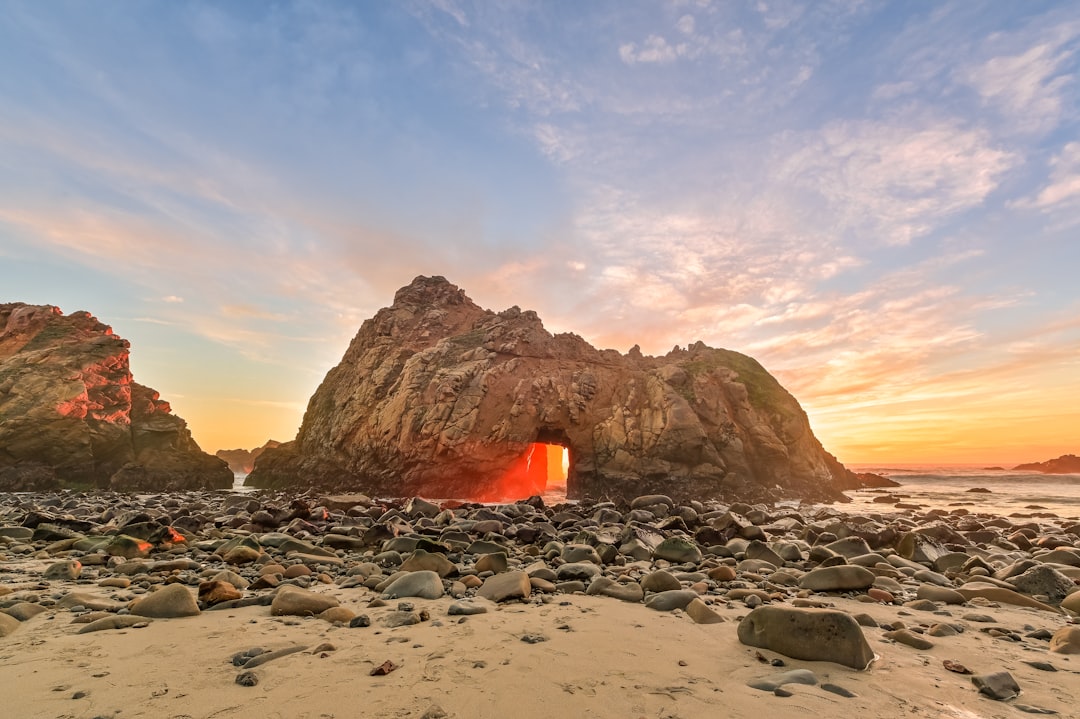
One of the most significant and most photographed sites at the landmark is the Keyhole Arch, which local lore says was started when someone was shooting at the rocks many years ago. When a bullet penetrated through a thin spot, the hole began, and locals have watched it expand through the years. This incredible story shows how human activity accidentally created one of the site’s most iconic features. As it continues to widen, at some point, the top of the arch will collapse, leaving fragile spires behind. The Keyhole Arch represents the ongoing nature of erosion and change—what we see today won’t be exactly the same in fifty years. It’s a living, breathing landscape that constantly reshapes itself, making every visit slightly different from the last.
Spiritual Landmarks for Native American Tribes
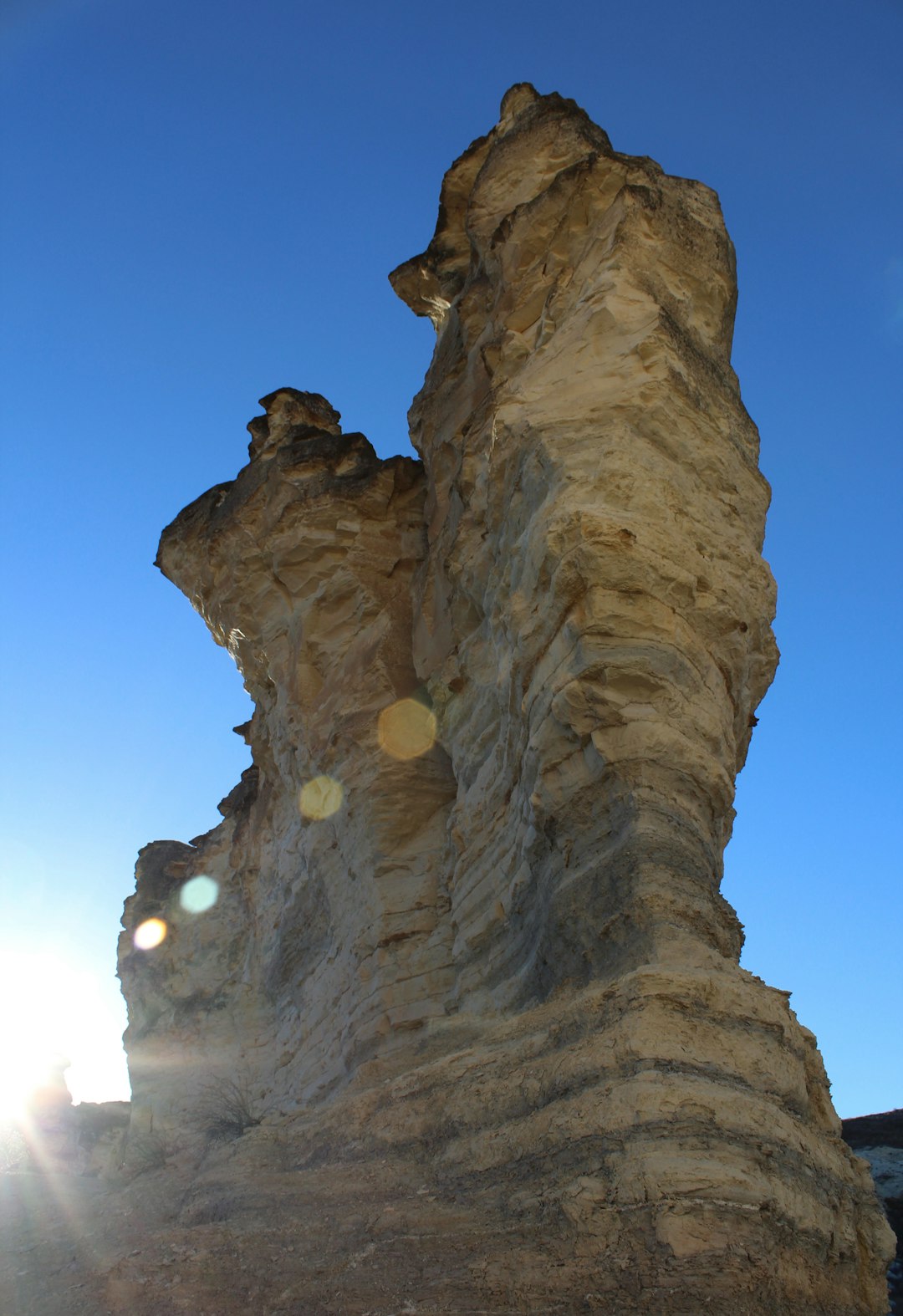
The arches and buttes of Monument Rocks are spread out over ten acres, and their history stretches beyond the prehistoric period into the more recent past when the Cheyenne, Arapaho, Kiowa, Sioux, and Apache Indians utilized this area as hunting grounds when the buffalo and other game were plentiful. The rising monoliths were also a spiritual site for Native Americans. The area around Monument Rocks has been inhabited by Native American tribes for centuries. These formations likely served as landmarks and held spiritual significance. These towering chalk spires would have been visible for miles across the prairie, serving as natural navigation points and gathering places. The contrast between the sacred indigenous history and the geological deep time creates layers of meaning that make these formations more than just pretty rocks—they’re cultural landmarks with stories spanning thousands of human generations.
Wild West Trail Markers and Pioneer Navigation
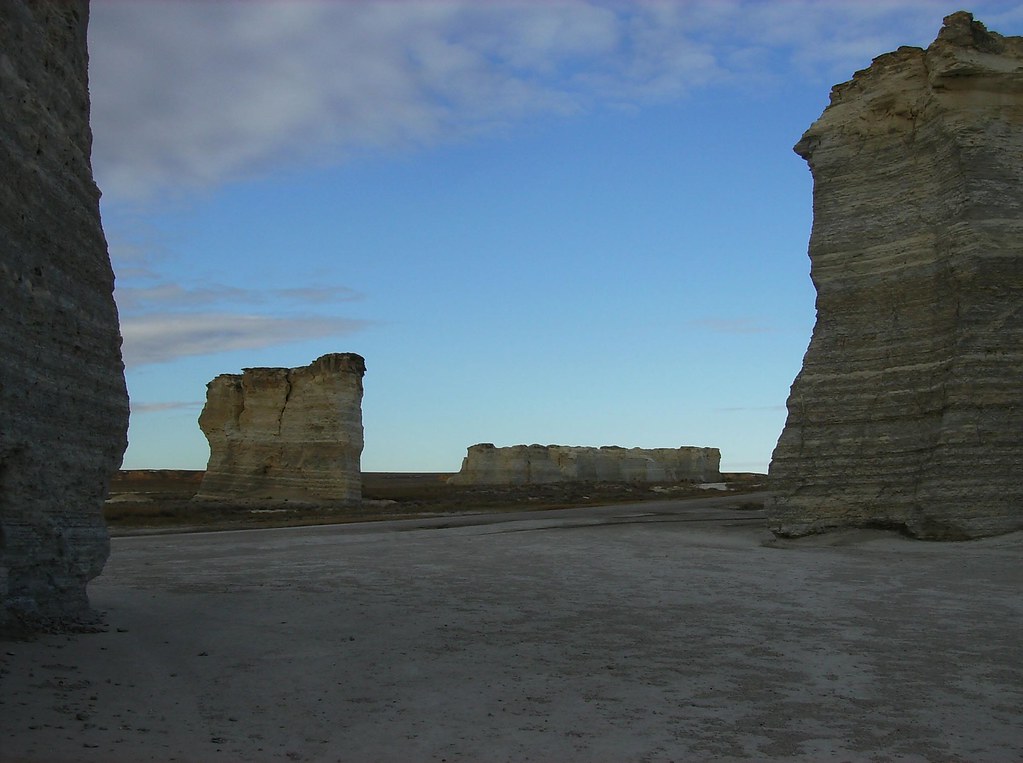
The Smoky Hills Trail, also known as the Butterfield Overland Despatch, was a significant route for pioneers and settlers in the mid-19th century. It was established during the Pike’s Peak Gold Rush in 1859, serving as a direct route from Leavenworth and Atchison, Kansas, to the goldfields of Colorado. The trail followed the Smoky Hill River and passed through the region now known for Monument Rocks. Many travelers would be happy to see the Chalk Pyramids as they came to the Monument Station on their way to Colorado. Explorers first noted the site when John C. Fremont made his famous expeditions in the 1840s. These formations served as crucial landmarks for exhausted travelers crossing the dangerous plains, offering both navigation reference points and psychological relief in an otherwise monotonous landscape.
Dangerous Journey Through Hostile Territory
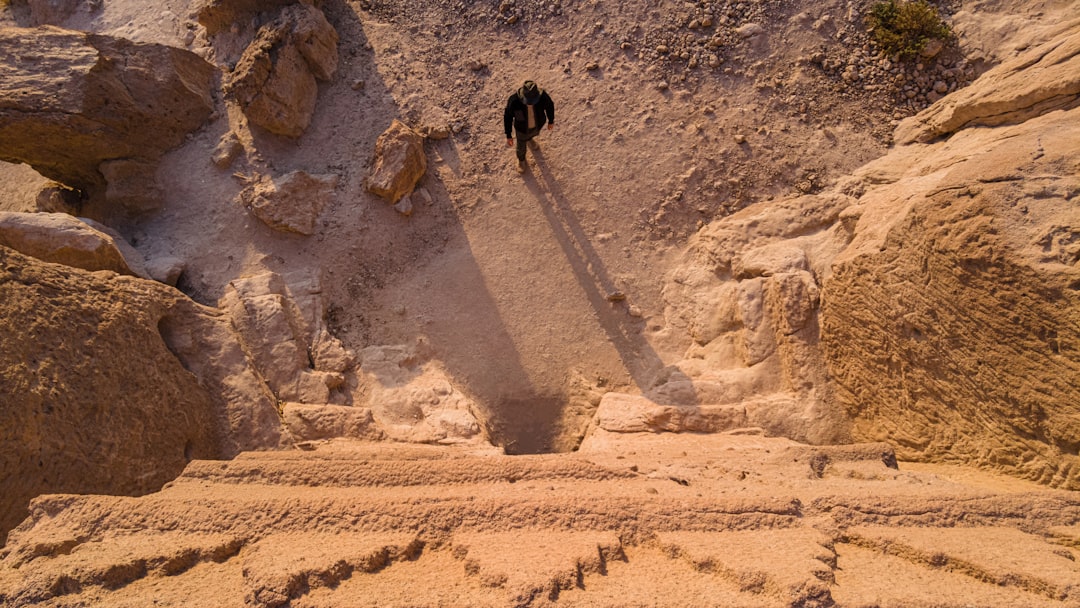
The trail was one of the most challenging and dangerous routes due to its lack of water sources, hostile encounters with Native American tribes, and rough terrain. Despite these hardships, it became a critical path for settlers moving westward. Stagecoaches, freight wagons, and later, the Butterfield Overland Despatch (BOD) utilized the trail. The BOD was a stage line and freighting company that operated along the trail, providing mail and passenger service. The sight of Monument Rocks meant travelers were getting closer to their destination, but it also meant they were in some of the most dangerous territory on the frontier. These chalk pyramids witnessed countless dramas of survival, hope, and determination as pioneers pushed westward in search of gold and new lives.
Railroad Revolution Changes Everything
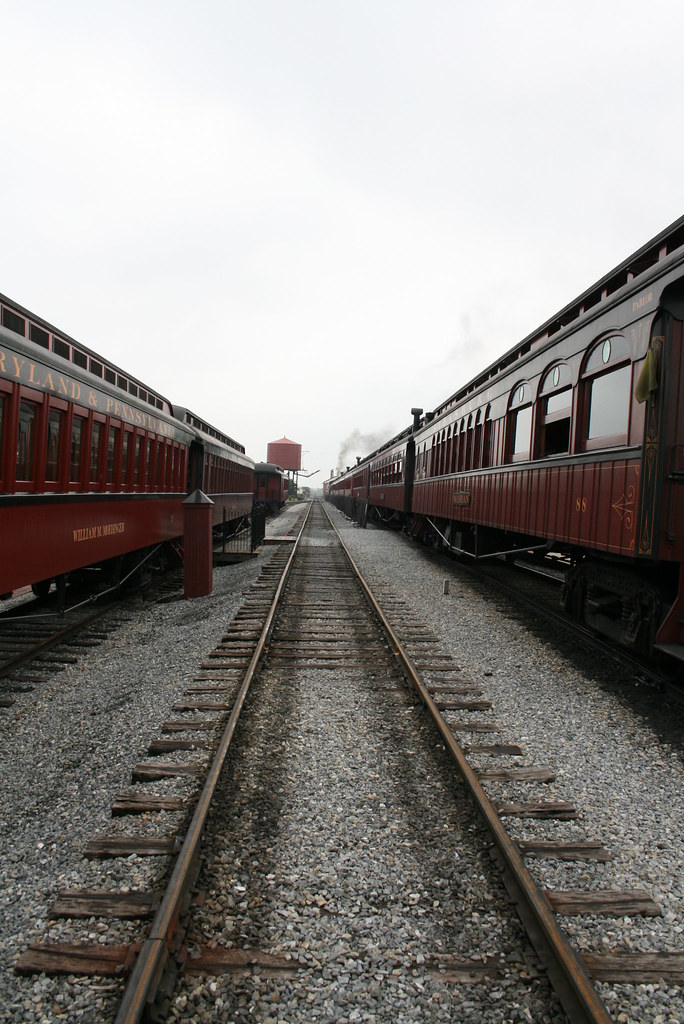
The Kansas Pacific Railway, later part of the Union Pacific Railroad, was constructed through Kansas in the late 1860s and early 1870s. The railroad followed a route parallel to the Smoky Hills Trail, providing a more reliable and faster means of transportation for goods and people. The arrival of the railroad diminished the use of the Smoky Hills Trail, as settlers and freight could now travel more efficiently by train. Towns and settlements grew along the railroad, contributing to the region’s development and economic growth. The railroad also facilitated the agricultural development of the area, allowing farmers to transport their products to broader markets. Monument Rocks went from being essential navigation landmarks to curious roadside attractions as technology changed how people traveled across the American West.
Secret Access on Private Land
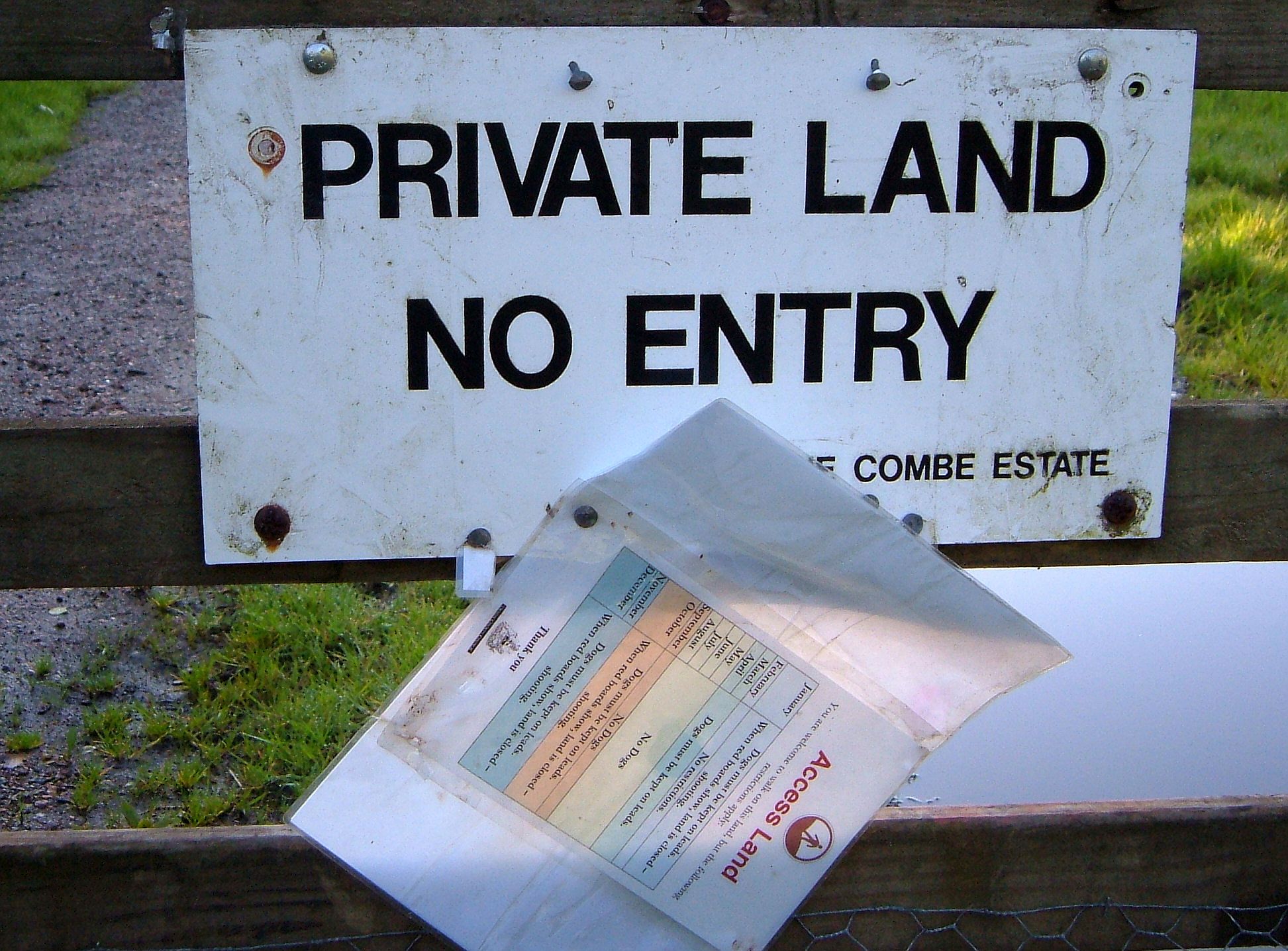
Though the site is a National Natural Landmark, Monument Rocks and nearby Castle Rock are on private property. The private landowners graciously allow visitors to enjoy the site. This is privately owned land that the owners graciously allow the public to access. Local officials and private landowners work in partnership to provide public access to this area. Staying on the path while on private property ensures that agreements between local officials and the landowner are upheld and that this trail remains open to the public in the future. This unusual arrangement means that visiting these geological wonders depends entirely on the goodwill of local landowners. Both places are on private property but the landowners are amenable to visitors and no special permission is required. Please be respectful! It’s a reminder that some of America’s most incredible natural sites exist thanks to the generosity of private citizens who could easily close access but choose to share these treasures with the world.
Easy Adventure for Modern Explorers
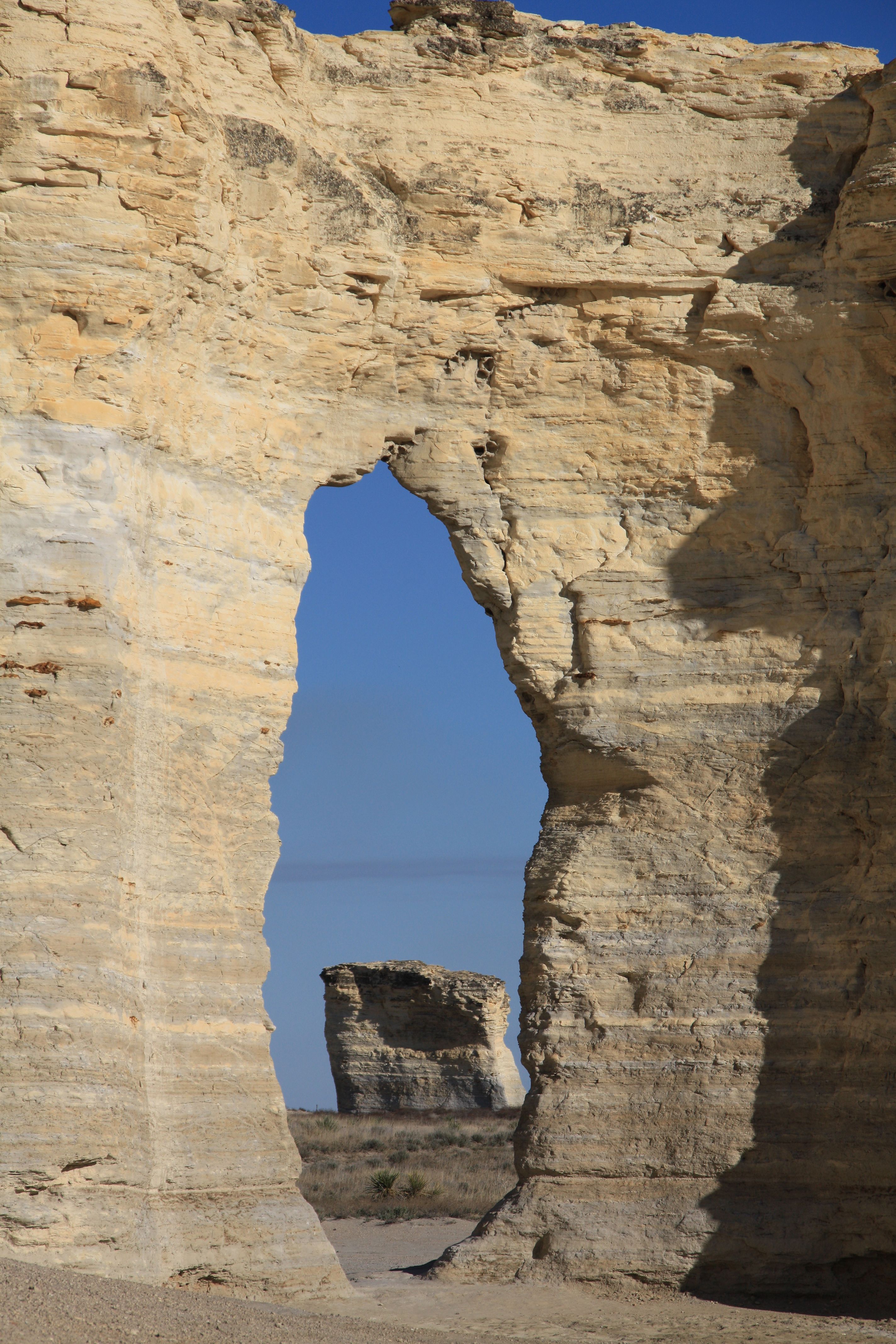
Try this 1.0-mile loop trail near Scott City, Kansas. Generally considered an easy route, it takes an average of 18 min to complete. This trail is great for hiking and walking, and it’s unlikely you’ll encounter many other people while exploring. This particular park is open from 6:00 am until 8:00 pm, so we would not be able to enjoy the sunset during our visit. There are no public restroom facilities, nor is camping allowed at the site. The accessibility of Monument Rocks makes them perfect for families, elderly visitors, and anyone who wants to experience geological wonders without extreme hiking. Yes, many trailgoers have described Monument Rocks Chalk Pyramids as good for kids and families. Unlike many natural landmarks that require serious physical effort to reach, these chalk pyramids welcome visitors of all abilities to walk among formations that took millions of years to create.
Photography Paradise in the Middle of Nowhere
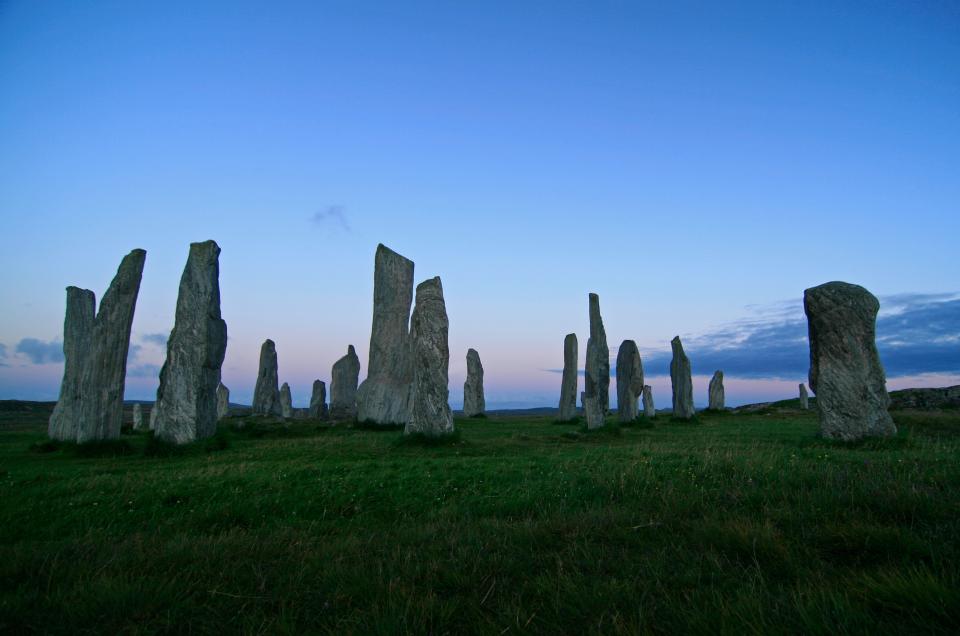
There is just something breathtaking about the layers of colors that work their way down the sides of the chalk pyramids. Photos can tell a story, but some things are better seen in person. While our social friends had intrigued us with their posts, seeing Monument Rocks in person was unbelievable. The striking beauty of Monument Rocks has inspired countless artists, photographers, and writers. Their work captures the essence of this unique landscape, sharing its magic with a broader audience. The dramatic contrast between these towering chalk formations and the endless flat prairie creates some of the most striking landscape photography opportunities in the American Midwest. No, there is no shade on Monument Rocks Chalk Pyramids, which means photographers get incredible lighting conditions throughout the day, with shadows changing constantly as the sun moves across the sky.
Constant Change Through Natural Forces
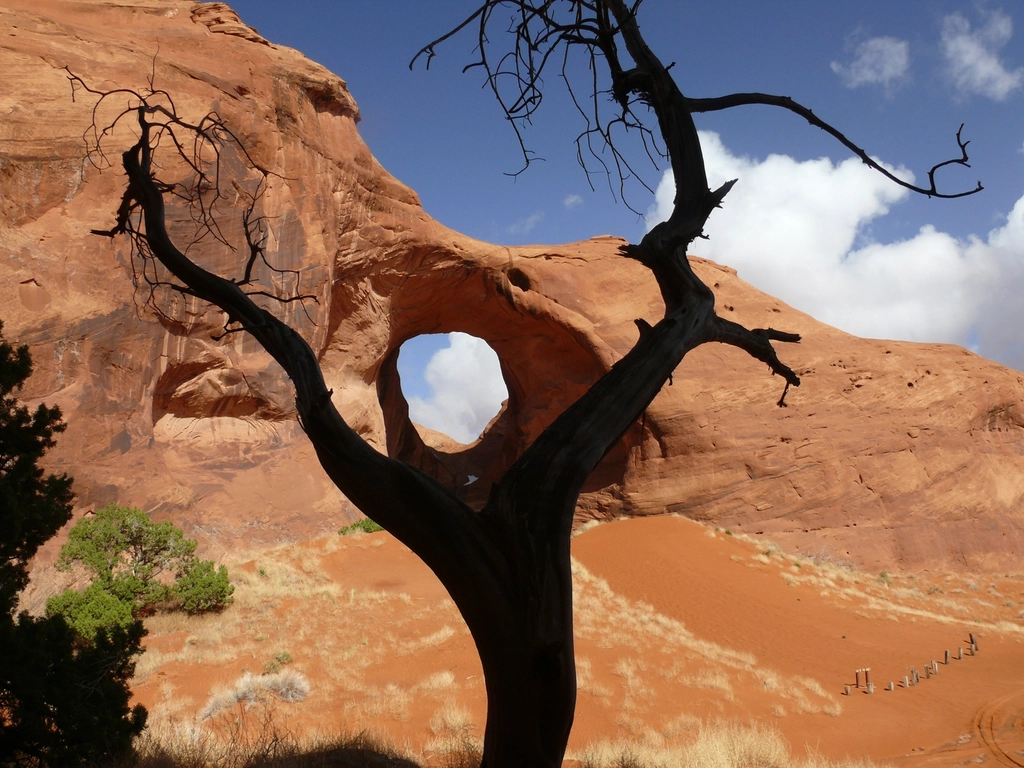
The often harsh weather of western Kansas has certainly played a large part in their continued erosion. Late afternoon was turning to early evening, and we noted the changing patterns of the shadows. Over time, wind and water eroded the softer chalk, leaving behind the harder, more resistant formations. This natural process sculpted the unique shapes and structures of Monument Rocks. What makes these formations fascinating is that they’re constantly changing—every windstorm, every rainstorm, every freeze-thaw cycle slightly alters their appearance. The Monument Rocks you visit today are different from the ones your grandparents might have seen, and they’ll be different again when your grandchildren visit. It’s like watching geological time in fast-forward, where human lifespans can actually witness the slow dance of erosion and weathering.
Hidden Gems Worth the Dusty Drive
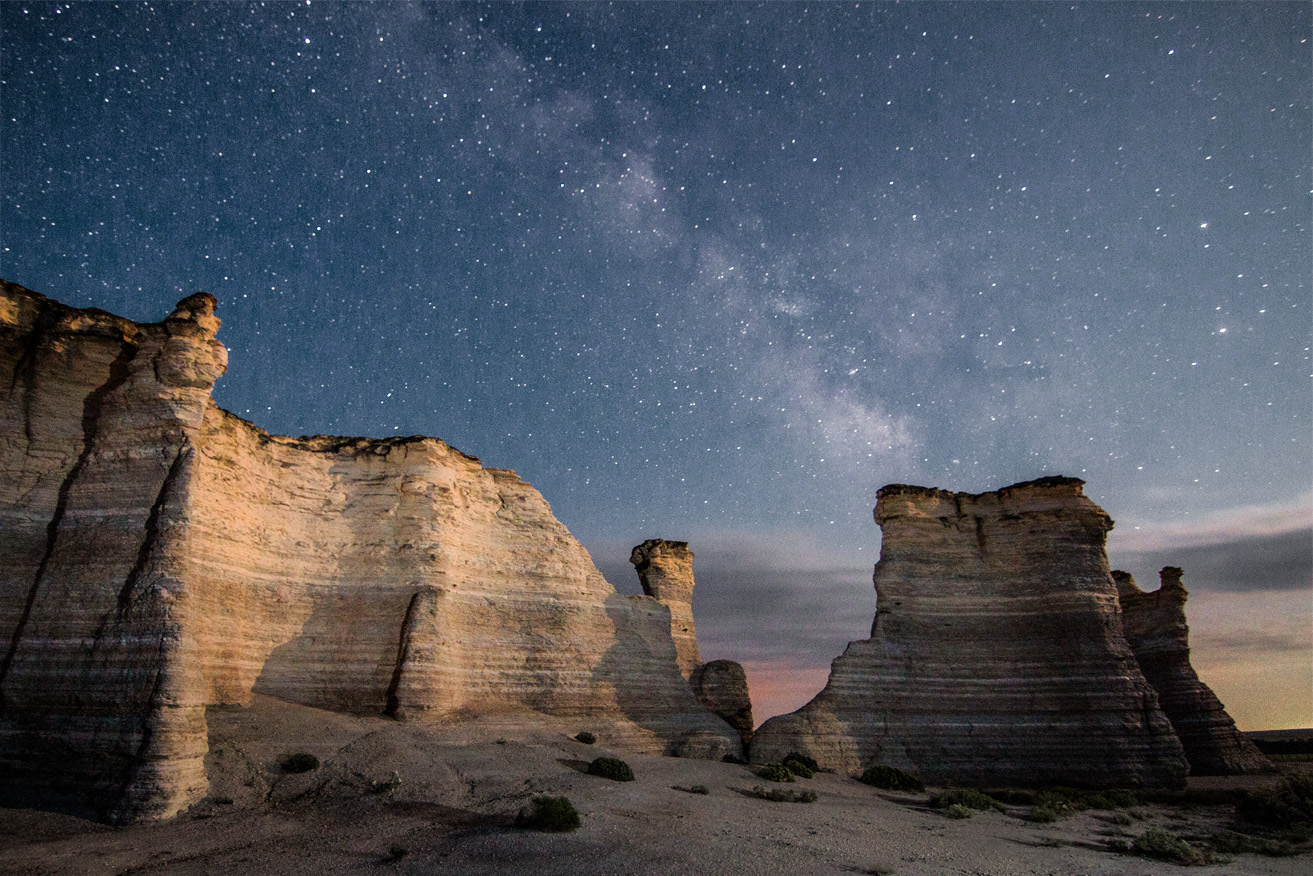
Who would think that you could see this in very flat Kansas of all places, it looks impressive and more in line with places in the Southwest. But I think that makes it more cool and unusual that it just pops out of nowhere. It does seem out of place, which makes it all the more special. The surprise factor of Monument Rocks cannot be overstated—most people expect Kansas to be boring flatland, but these formations shatter that stereotype completely. Kansas might not be the first place that comes to mind when thinking about stunning natural landmarks, but Monument Rocks will change that perception. These chalk pyramids rise dramatically from the flat plains, creating a surreal landscape that feels otherworldly. The journey to reach them involves driving on dusty county roads through farmland, making the eventual reveal even more dramatic. Pack a picnic, bring your camera, and enjoy the serene beauty of one of Kansas’s most remarkable natural wonders. Don’t miss out on experiencing this hidden gem that showcases the state’s geological and historical significance. Sometimes the best adventures happen in places you’d never expect to find them.

